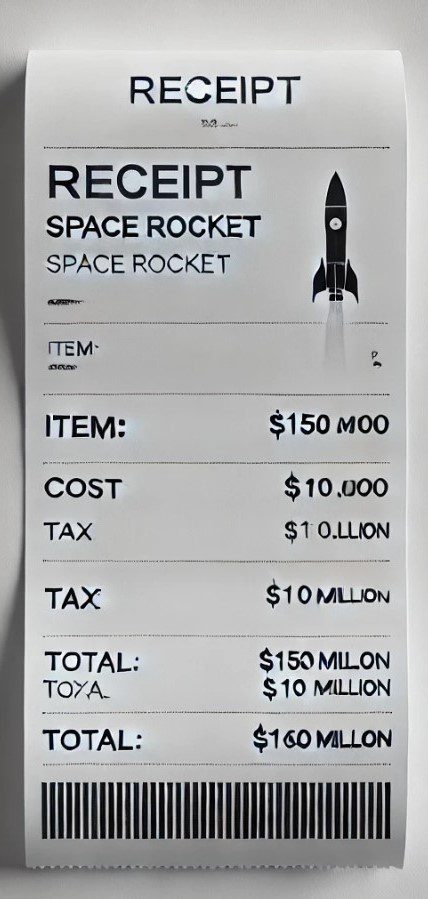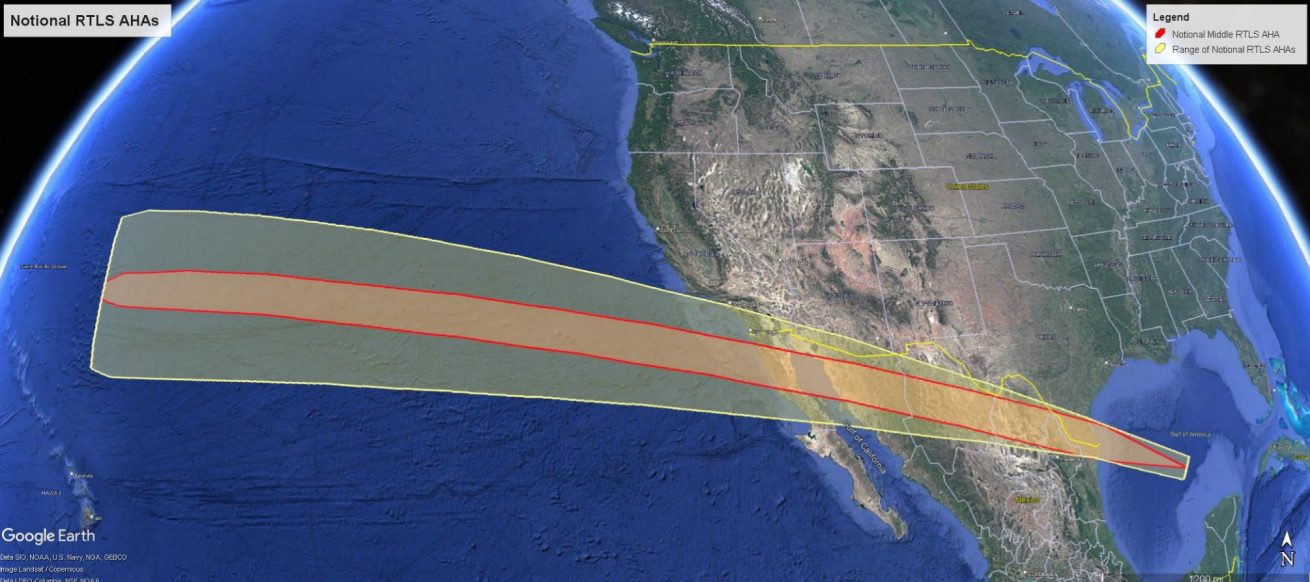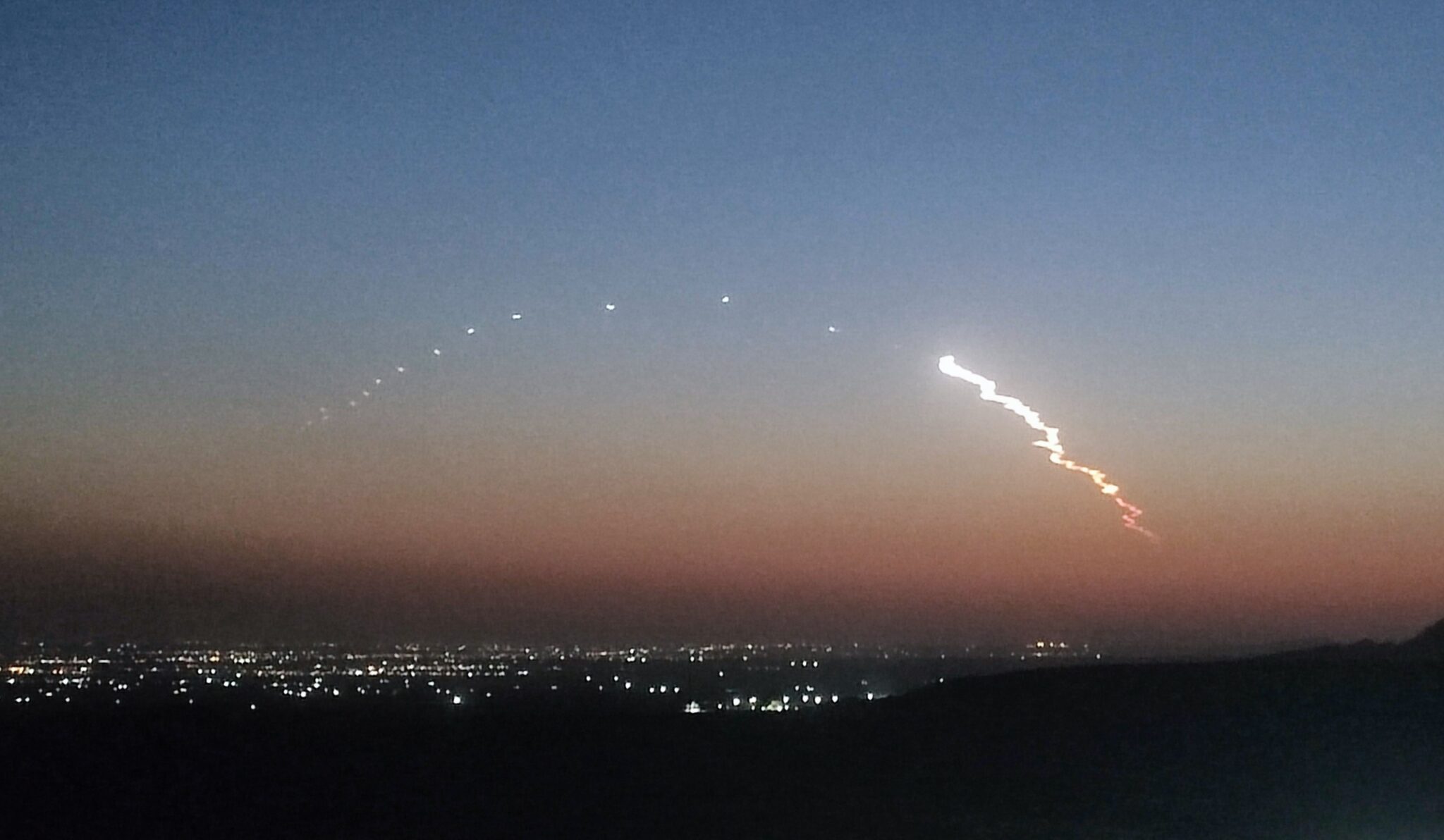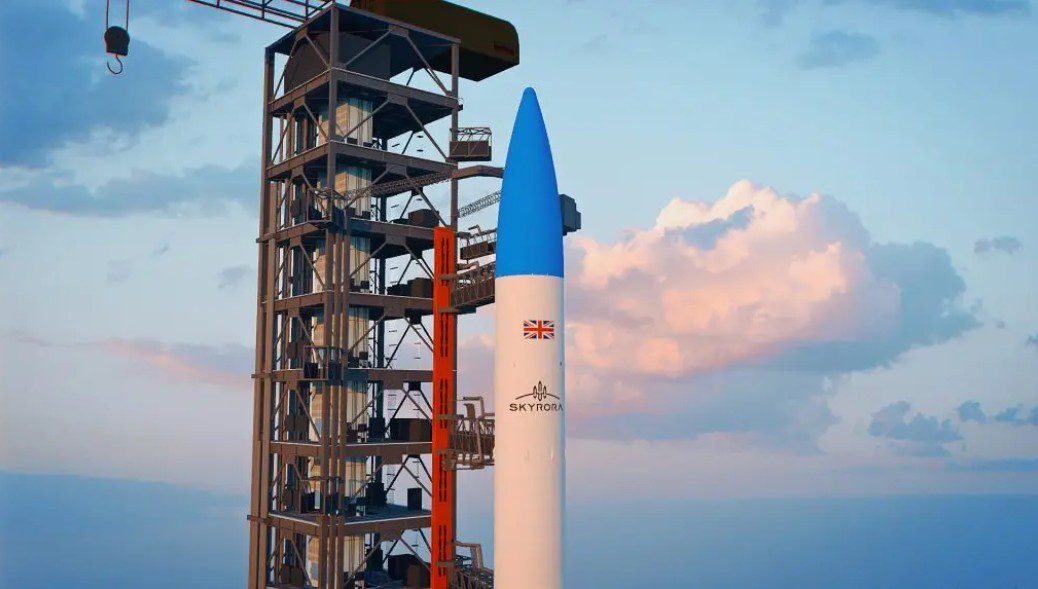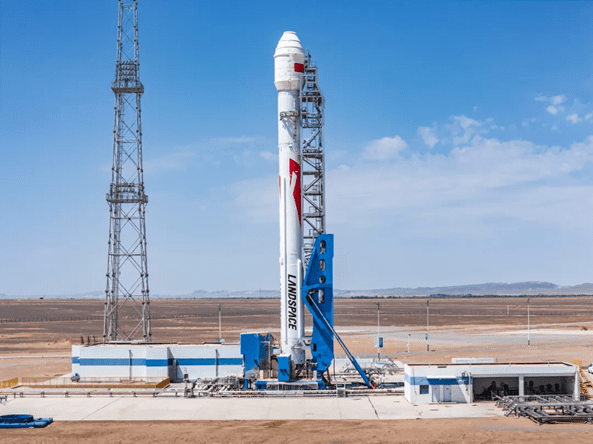Whilst India fights a proposed continuation of the US ban on its rockets bidding against US launch vehicles, at lower prices on the grounds that India is not part of the US Commercial Space Launch Agreement, the PSLV rocket continues to perform with admirable economy and reliability. The latest launch of a PSLV-XL on 28 April 2016 launched the IRNSS-G navigation satellite into orbit. Lift off took place at 0720 GMT from the Satish Dahwan Space Centre in Sriharikota, India.
IRNSS (Indian Regional Navigation Satellite System) satellites operate in either zero inclination geostationary Earth orbits or inclined geosynchronous orbital plans. IRNSS-G is one of three 1,425 kg satellites in geostationary orbit with the four others in a 29 degree inclined geosynchronous orbit. It will operate from a position 36,000 km altitude over 129.5 degrees longitude East. The satellite completes the system.
Comment by David Todd: While there can sometimes be a justified reason for national protectionism especially if a nation solely relies on the company or asset concerned for militarily strategic reasons, generally global free trade is the best solution for all concerned. In this case, the first condition does not apply. As such, the US Commercial Space Launch Agreement (CSLA), which was designed to protect the then nascent commercial launch business of SpaceX 11 years ago, and which is now being enforced by the US Federal Aviation Authority, should now be scrapped. India deserves to have its rockets on the world market. If nothing else, it will prove if reusable rockes can really compete against a well run expendable rocket operation.

